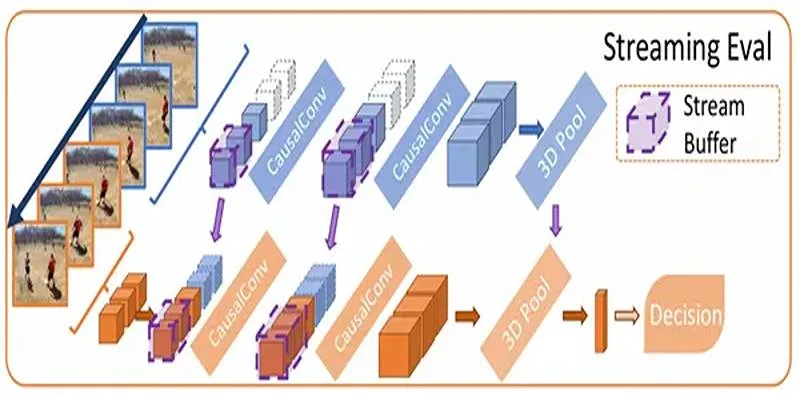Data security is no longer a bonus—it’s an expectation. Yet, analyzing sensitive user information, especially text data with emotional weight or personal context, often raises privacy concerns. Ironically, the insights we need most are hidden in the kind of data we’re most cautious about handling. Enter homomorphic encryption: a way to process encrypted data without ever seeing its raw form. Combine it with sentiment analysis, and you can understand user emotion without compromising privacy.
So, how does this work? More importantly, is it practical? Let’s break it down.
Why Sentiment Analysis Needs a Privacy Shield
Sentiment analysis interprets the emotional tone behind text—happy, sad, angry, or neutral. It’s widely used to understand customer feedback, monitor brand health, and gauge public reactions. The problem? Often, the data contains personal or private information, like messages, reviews, support chats, or emails.

Traditional models decrypt text, analyze it, and store the results. This approach works in controlled environments but falters under privacy or legal restrictions. Fields like healthcare, finance, or secure messaging cannot afford even a momentary lapse in confidentiality.
Homomorphic encryption offers a solution: keep everything encrypted. The analysis happens while the data is still encrypted. It sounds futuristic, but it’s already here—and it’s reshaping how we handle private data.
How Homomorphic Encryption Enables Sentiment Analysis
Homomorphic encryption (HE) lets you perform operations on encrypted data so that, when decrypted, the result matches what you would get from raw data. It’s a complex concept with an elegant outcome: data never needs to be exposed.
To apply this to sentiment analysis, a system needs to:
- Accept encrypted text input.
- Run a machine learning model (or statistical methods) on it without decrypting.
- Output an encrypted result.
- Allow the authorized party to decrypt the sentiment score or label.
Text isn’t inherently numeric, so strings like “I love this product” need conversion first. Typically, this happens via embedding or tokenization, before encryption.
The pipeline looks like this:
- Convert text into a numeric format (e.g., word embeddings).
- Encrypt the numeric data using a homomorphic scheme.
- Perform computations (e.g., classification) on encrypted vectors.
- Decrypt the result to obtain the sentiment prediction.
While complex, the trade-off is zero exposure of sensitive data—a shift in the risk model.
Practical Steps to Build the System
Here’s how to set up a sentiment analysis system on encrypted data using homomorphic encryption.
Step 1: Preprocess the Text Locally
Before encryption, transform text into a format suitable for encryption by:
- Removing unnecessary characters (punctuation, emojis).
- Lowercasing.
- Tokenizing the text.
- Mapping tokens to numbers via embeddings or indexes.
This preprocessing occurs before encryption on the user’s device or in a trusted environment, ensuring no raw text leaves the local system.
Step 2: Encrypt the Numeric Data
With text in numeric form, apply homomorphic encryption using schemes like:

- CKKS (Cheon-Kim-Kim-Song): Supports approximate arithmetic, good for deep learning models.
- BFV (Brakerski-Fan-Vercauteren): Suited for integer arithmetic.
- TFHE (Fast Fully Homomorphic Encryption): Allows bit-level operations but is computationally heavy.
Encryption transforms the data into ciphertexts that can be securely processed on a server or cloud.
Step 3: Perform Computation on Encrypted Data
In this stage, sentiment analysis occurs on ciphertexts using:
- Encrypted inference with a pre-trained model: The model remains in plaintext, and the encrypted input passes through it.
- Encrypted model and input: Both model and data are encrypted, increasing security but adding computation time.
These approaches compute an encrypted result—either a sentiment label or a score indicating emotional intensity.
Step 4: Decrypt the Result Locally
The encrypted sentiment prediction is sent back to the original party for decryption. Only someone with the correct private key can decrypt and interpret it.
Challenges You Can’t Ignore
Computation Time
Operations on encrypted data are slower, requiring more cycles than plaintext operations. For high data volumes, performance tuning is essential.
Model Limitations
Deep neural networks rely on non-linear functions difficult to replicate in homomorphic settings, limiting architecture options. Linear models and shallow nets are more feasible.
Data Size
Encrypted data is significantly larger. A simple vector can expand hundreds of times once encrypted, depending on the scheme.
For fields demanding confidentiality—like healthcare or finance—these trade-offs are often worthwhile.
Closing Thoughts
Sentiment analysis on encrypted data may seem overly cautious or complex, but it addresses a real problem. As systems increasingly collect sensitive user feedback, analyzing that data without exposure is not just useful but essential.
Homomorphic encryption allows you to ask critical questions of your data without ever seeing it, a significant achievement in a privacy-conscious world.
 zfn9
zfn9




















